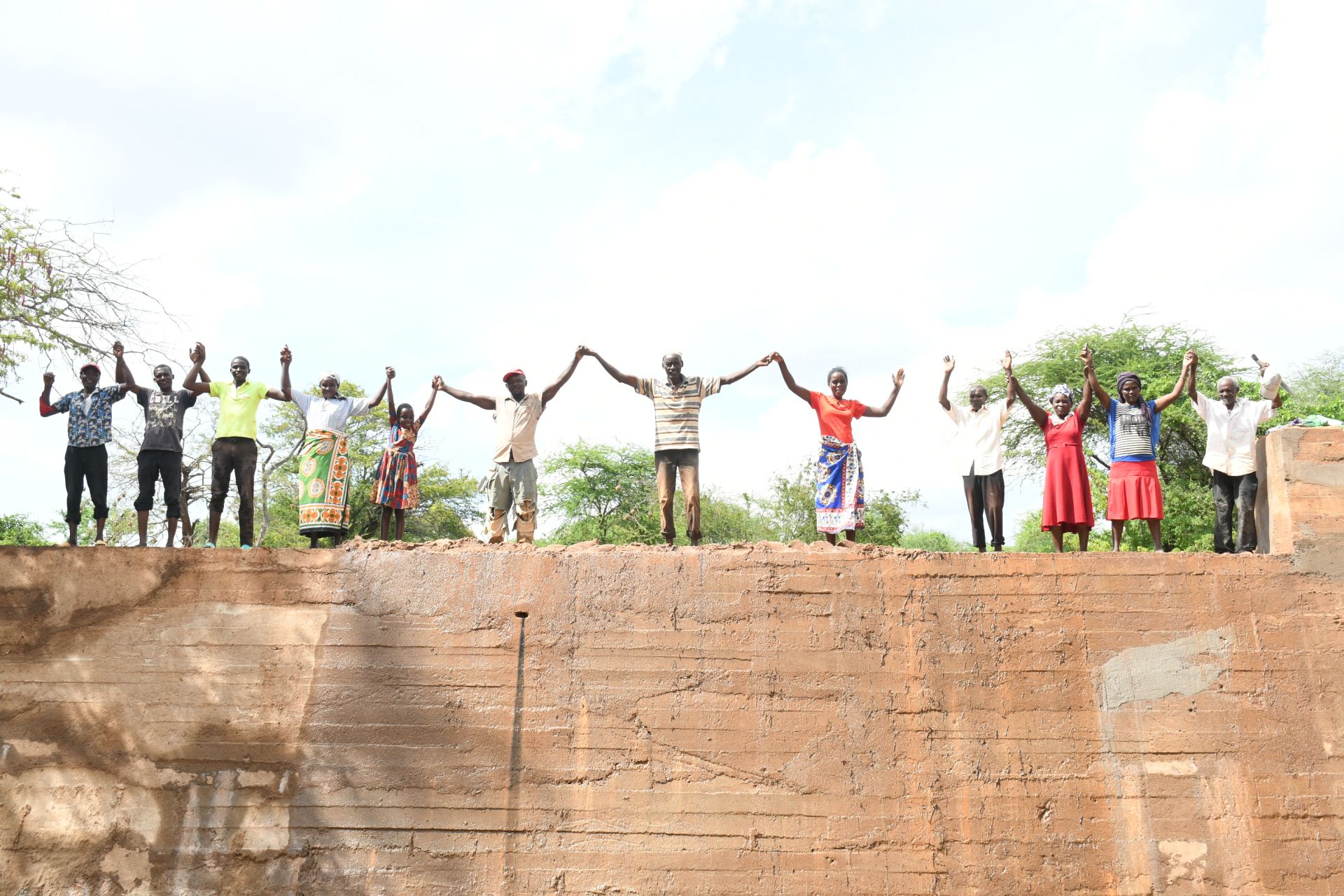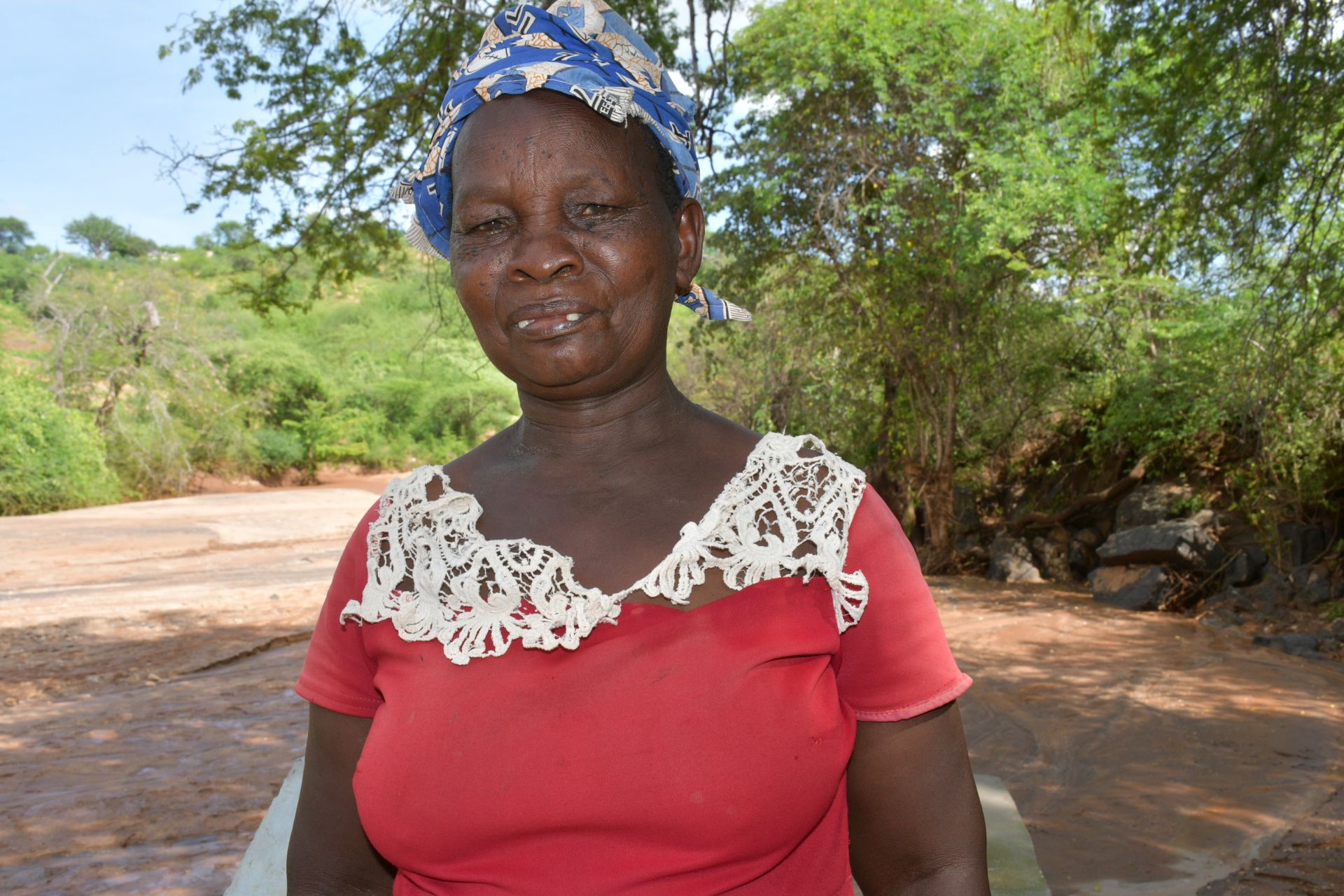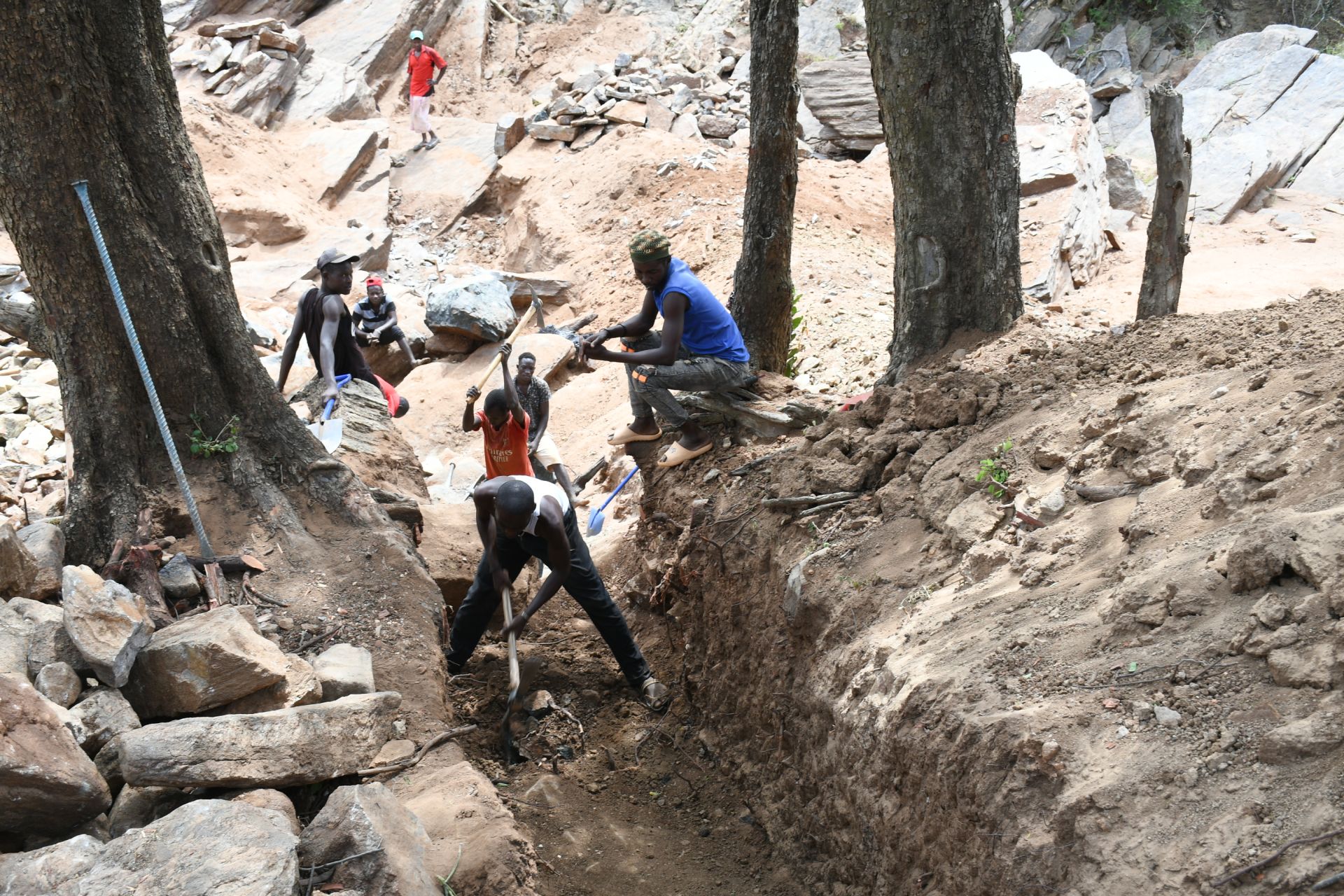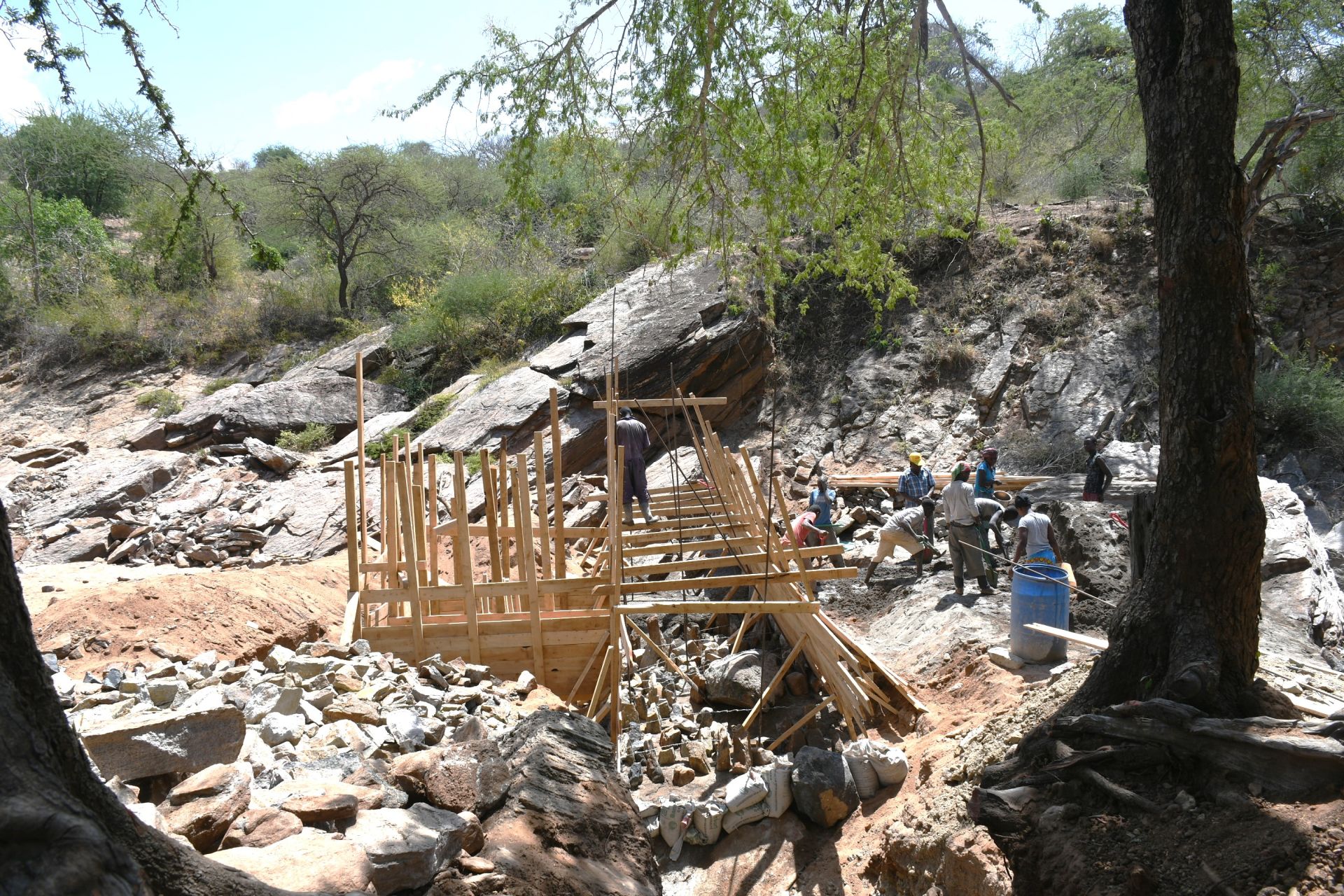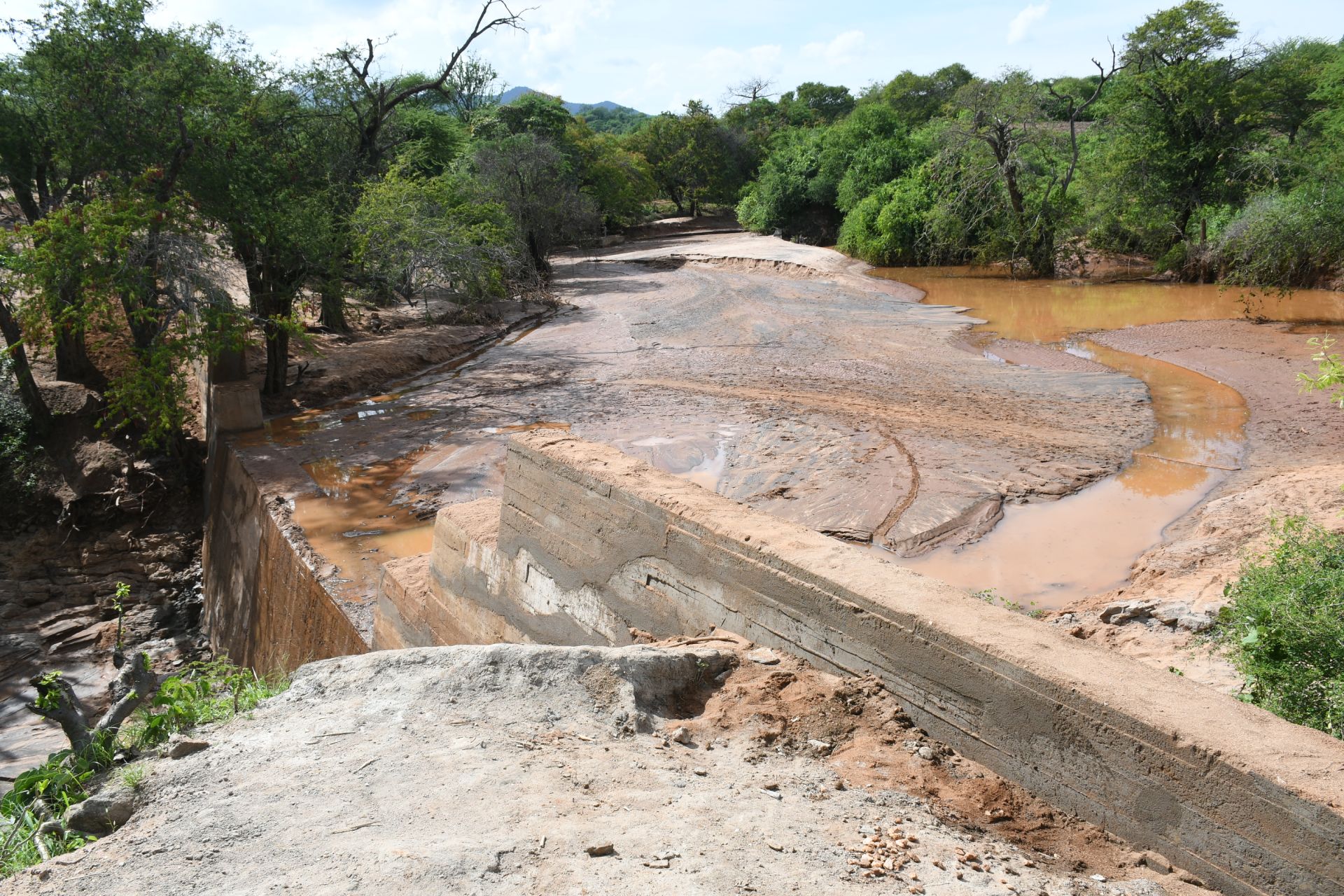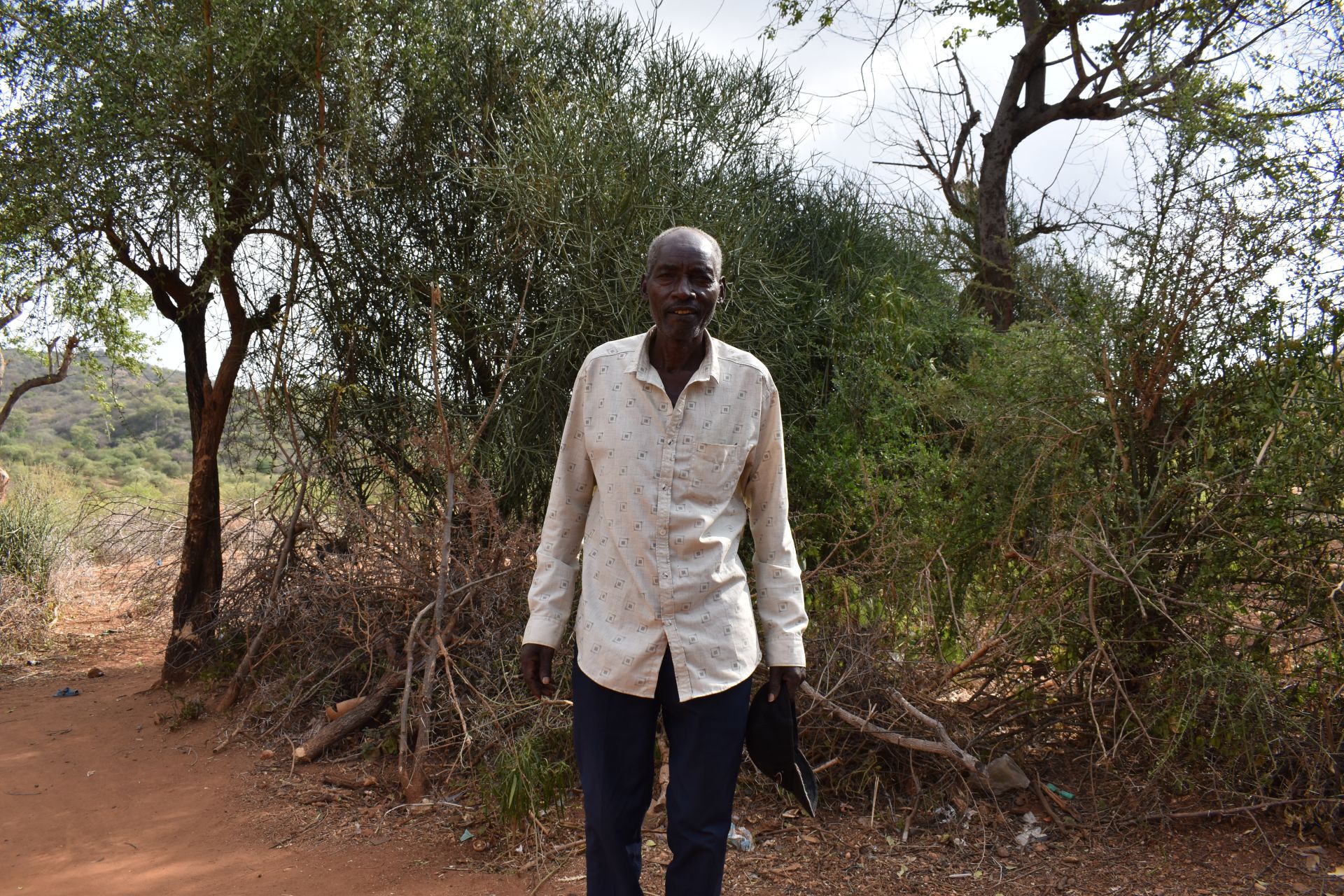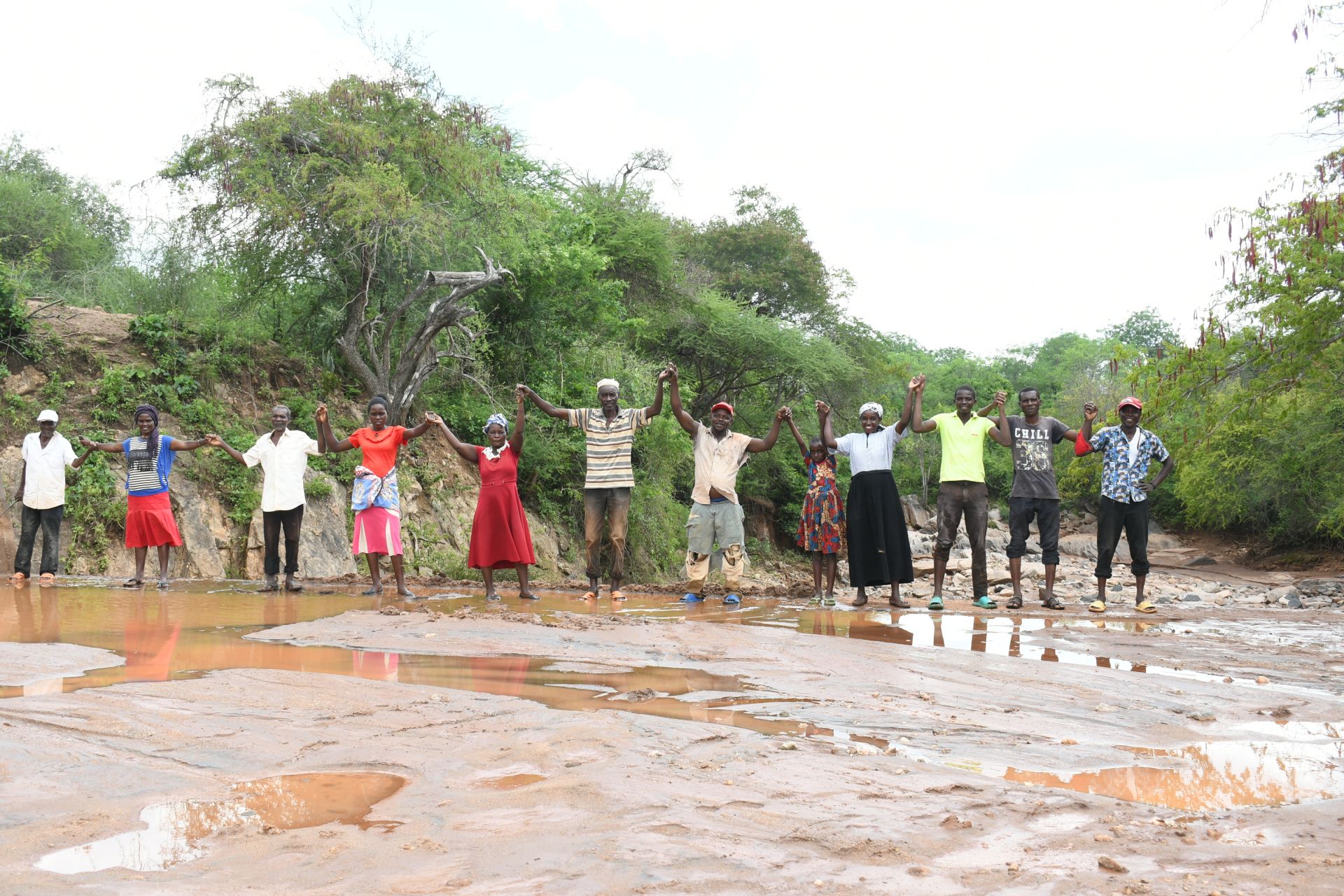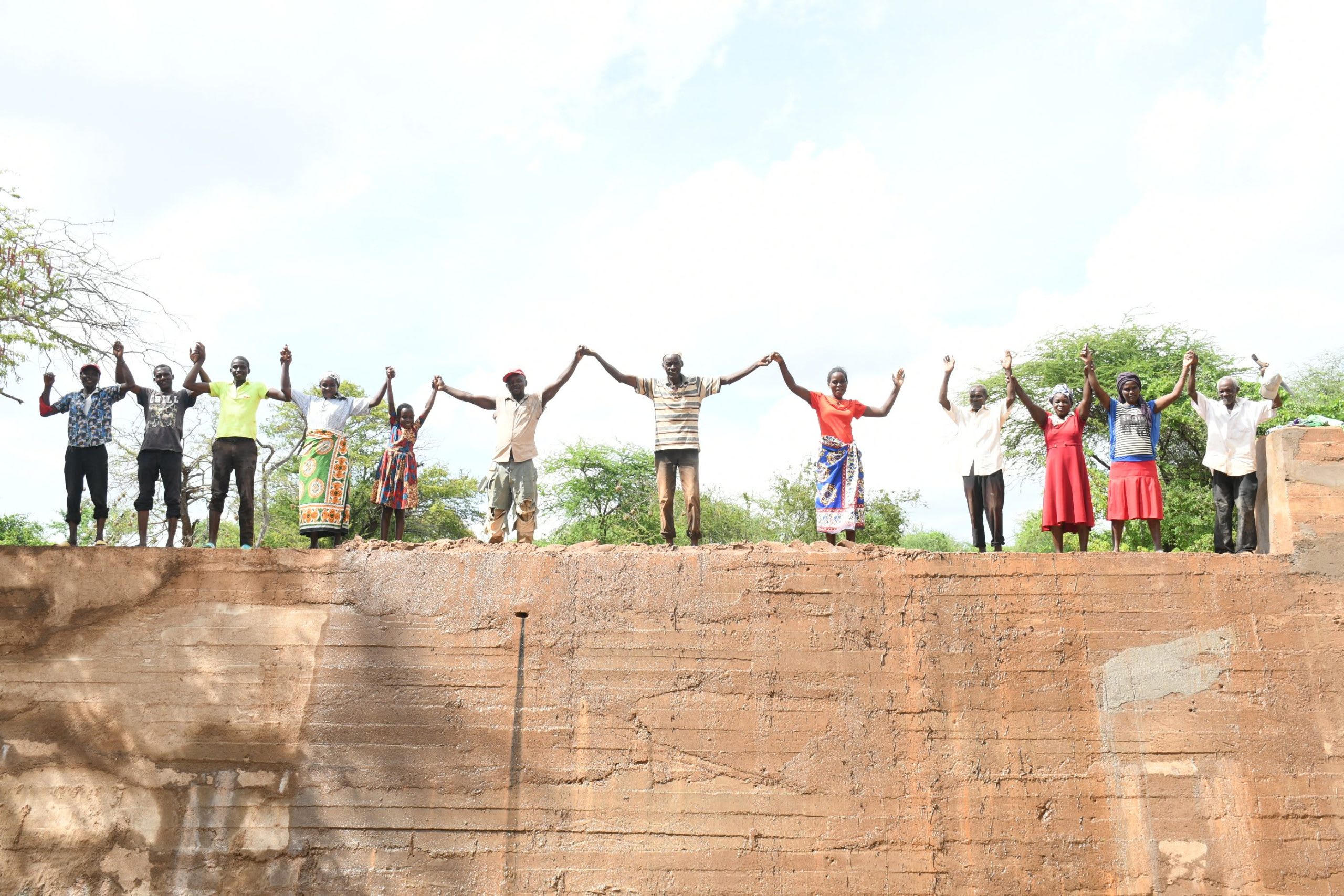In the Makulini Community, 500 residents struggle to access safe, sufficient water. Although there is a protected well in the community, for many, it is still a lengthy, arduous walk, leaving them with no other option than to use unsafe scoop holes to collect water.

The scoop hole.
Field Officer Alex Koech described the water crisis, "Although the community has a protected shallow well, it is located far away for most of the community members; thus, they cannot make several trips. The community members thus get little water that they cannot use for irrigation or [to] improve their hygiene. The steep hills and rocky footpaths also make fetching water which leads to exhaustion and residents cannot focus on other activities at home like farming or taking care of household duties."
14-year-old Esther feels the burden of her community's water crisis every day.

Esther.
"I feel bad because we do not have water in our area because we experience several months of drought every year," she shared.
Esther spends so much time trying to collect enough water that she has little time for anything else. Many teenagers spend their time with friends and in school, but not Esther. Her life is consumed by her search for water.

Esther drinking from the scoop hole.
"Sometimes, I do not have water to perform my personal hygiene, and I have to skip school and fetch water for my use. I also have to fetch water in the evening after school, [on] weekends, and during holidays rather than focusing on my classwork and assignments," Esther shared.
Installing a sand dam with an attached well will give Esther the chance to have accessible water, which will improve her life. She won't have to live in fear of her journey to get water or sacrifice her education.
"The new waterpoint will be nearby and it will only take me a few minutes to go and fetch water and come back home. I will not be alone when walking back home from the water source because people will be able to make several trips to the water source," she continued.

"The community has already set up their first sand dam, but they still need more to thwart the acute water scarcity in the region," concluded Alex.
Solving the water crisis in this community will require a multifaceted system that will work together to create a sustainable water source that will serve this community for years to come.
Steps Toward a Solution
Our technical experts worked with the local community to identify the most effective solution to their water crisis. Together, they decided to construct a sand dam and a protected dug well.
Sand Dam
Sand dams are sought-after, climate-smart, and lasting water solutions, providing hope and resilience to communities in arid Southeastern Kenya. Think of them like giant sandboxes constructed in seasonal rivers that would typically quickly dry up after the rainy season. Instead of holding water like traditional dams, they collect sand and silt.
When infrequent rains do come, these dams catch a percentage of the river's flow, letting most of the water continue downstream to other communities. But here's the magic: the sand they collect acts like a natural filter, holding onto water long after the river's gone dry. Then, wells are constructed nearby, creating a reliable water source even during the driest times.
And the benefits don't stop there! In communities impacted by climate change, sand dams replenish groundwater and prevent soil erosion. Even during severe droughts, the consistent water supply from these sand dams allows farmers to thrive, giving way for enough food not only for their families but also to sell in local markets.
The most remarkable aspect of sand dams is how they involve the local community every step of the way, giving them a sense of ownership and pride in solving their own water shortage and managing their own water resources.
This sand dam will be connected to a protected dug well to make the water more accessible.
What Makes This Project Unique
In sand dams with an adequate supply, a submersible pump can be installed to tap into the underground water and pipe it into public piped water kiosks. These kiosks expand the reach of this water infrastructure, allowing more people to access clean, reliable water closer to home. The size and location of this sand dam give us hope that it will hold a lot of water when it matures - possibly even enough to pipe water to the community in the future. In anticipation of that, we are installing some extra infrastructure that would enable the future development of solar-powered water kiosks.
Community Education & Ownership
Hygiene and sanitation training are integral to our water projects. Training is tailored to each community's specific needs and includes key topics such as proper water handling, improved hygiene practices, disease transmission prevention, and care of the new water point. Safe water and improved hygiene habits foster a healthier future for everyone in the community. Encouraged and supported by the guidance of our team, a water user committee representative of the community's diverse members assumes responsibility for maintaining the water point, often gathering fees to ensure its upkeep.

 Sand Dam
Sand Dam
 Rehabilitation Project
Rehabilitation Project












